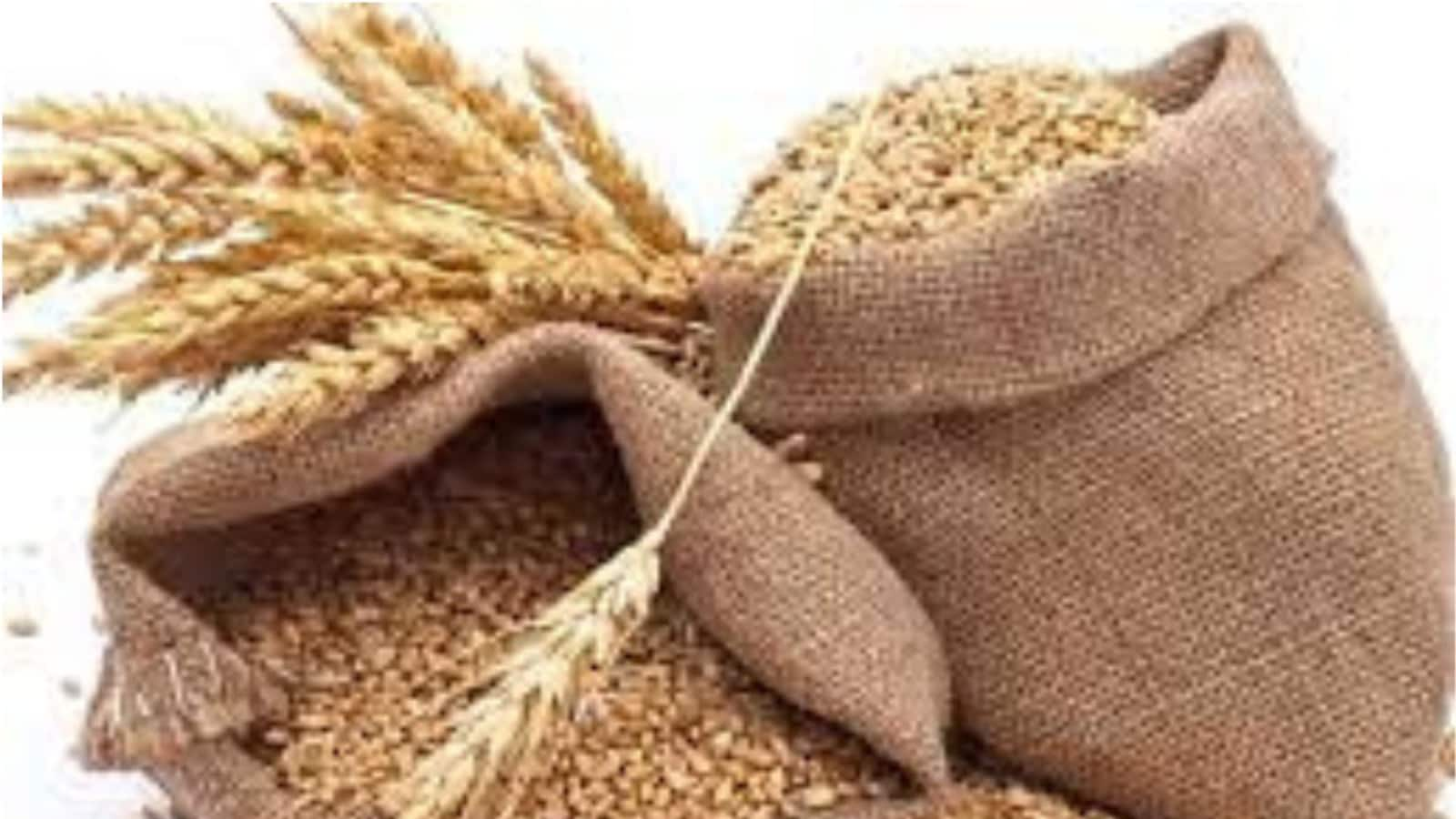High-yielding Crop Varieties, Favourable Weather Expected to Add Wheat Output by 5 Million Tonnes This Year: IIWBR
Last Updated: January 14, 2023, 11:12 IST

The high-yielding wheat varieties include DBW 187, DBW 303, DBW 222 and HD 3226.
Punjab, Haryana, Uttar Pradesh, Madhya Pradesh, Rajasthan are among key growing areas for the wheat crop in the country
The country’s wheat output is expected to be 112 million tonnes in the 2022-23 crop year, almost five million tonnes more than last year’s rabi harvesting season, with rise in area under high-yielding varieties contributing to this, said Gyanendra Singh, Director of Karnal-based ICAR-Indian Institute of Wheat and Barley Research (IIWBR).
Singh ascribed expected increase in wheat production to favourable weather conditions, increase in acreage and rise in area under high-yielding crop varieties.
“We are having a good winter. Planting has been done timely. Everything as of now is very good,” said Singh when asked about wheat crop sown.
On area under wheat cultivation in the country, Singh said area under the winter crop this season was around 33 million hectares, which was expected to be up by 1.5 million hectares over last year.
Punjab, Haryana, Uttar Pradesh, Madhya Pradesh, Rajasthan are among key growing areas for the wheat crop in the country.
“I am expecting 112 million tonnes of wheat crop. It will be 5 million tonne more than last year. There are three reasons for expected increase in wheat output. The area has increased slightly, favourable weather and thirdly, the area under new varieties has increased,” he said.
The high-yielding varieties include DBW 187, DBW 303, DBW 222 and HD 3226, he said, adding that these varieties are sown mostly in Haryana, Punjab, west UP and Rajasthan.
“These varieties are also recommended for eastern UP, Bihar and two of them are also recommended for Madhya Pradesh and Gujarat. DBW 187 and 303 are kind of pan-India varieties and they are recommended for larger areas,” he said further.
Farmers were made aware to go for newer varieties and for which seed was also made available. So, the area under newer varieties has increased this time, he added.
“As a result, the older, susceptible varieties, their area goes down,” he said. When asked how much effect on yield these new varieties have, the director of IIWBR said the yield increases by over ten quintals per hectare with new varieties.
“If farmers are growing old varieties and if they grow new varieties, 10-15 quintals advantage is always there. Because they (new varieties) are climate resilient and they will have the least effect of changing weather,” he noted.
Singh said the weather conditions at present are favourable. “Our expectation is that there should be some rain, which is always good at this stage.
“The cold weather conditions help in crop tillering and increase in yield,” he said.
He also said that the wheat crop is good in Punjab and Haryana and there has been no incident of yellow rust – a fungal disease.
Fog is also favourable for the crop, Singh said.
The northern region of the country has been witnessing dense fog at many places in the past few days.
Read all the Latest Business News here
(This story has not been edited by News18 staff and is published from a syndicated news agency feed)
For all the latest business News Click Here

